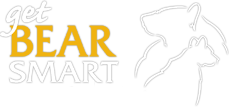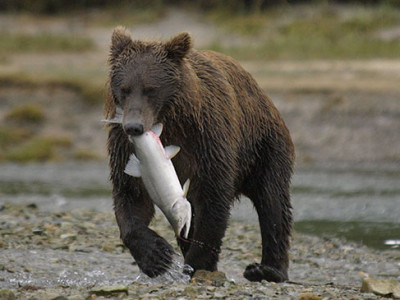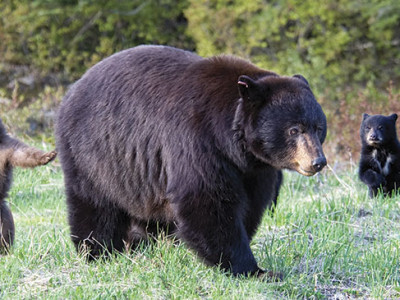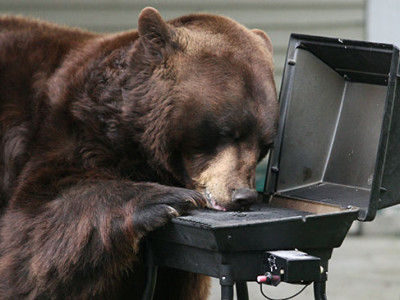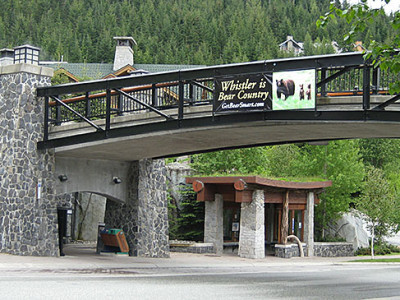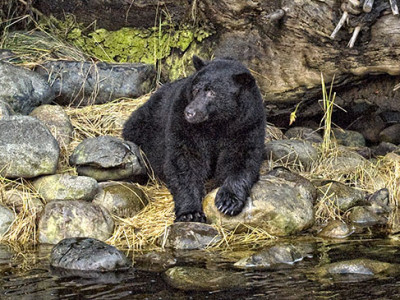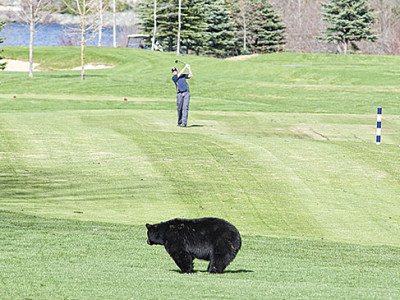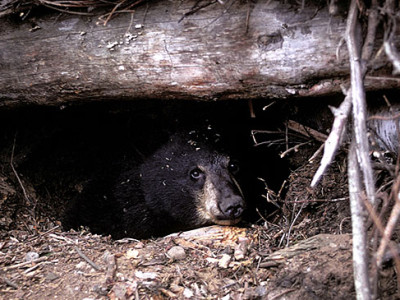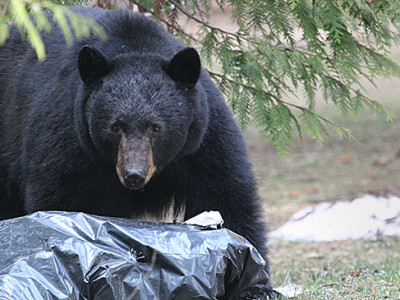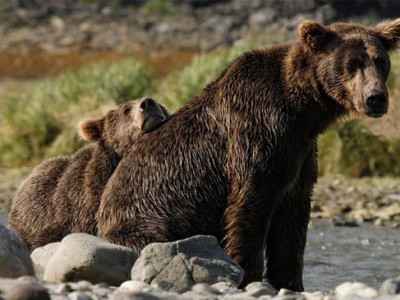Salmon, Bears, Trees, and the Web of Life
While local waterways in and around Whistler are void of salmon runs due to natural fish barriers such as waterfalls and tight canyons, Pemberton and Squamish waterways team with salmon nearing the end of their life cycle in the fall.
Who’s to blame?
Getting bear smart is a shared responsibility. Officials can't do it alone. We need your help. People need to deter bears from their properties themselves.
Berries not birdseed! Summer Foods
Bears spend the majority of their time eating and searching for food and can consume up to a huge 20,000 calories a day!
The role of people and bears in negative interactions
The prevention and termination of "conflict" bear behaviour relies on human understanding, cooperation and acceptance of bears.
Building a Bear Smart Movement
Inspired by the desire to prevent unnecessary bear deaths and make their communities safer, passionate people band together to create the community infrastructure to bring about positive change for both bears and people.
Don’t feed the bears
There's really no question: People should NOT feed bears.
Can we coexist?
As people learn more about black bears, old fears are being replaced with understanding. Attitudes are improving. Fewer people are so fearful that they shoot bears for simply showing their faces.
The Hoax of the Hibernating Bear
During hibernation bears survive without eating by living off their fat reserves and by going into a state of dormancy; metabolism slows drastically, body temps drop by 3-7 degree Celsius, and heart's beat roughly 8-12 times per minute. It's quite remarkable, actually.
What is Food Conditioning?
Conditioning is a simple learning technique we use to train our pets by giving them positive feedback or a food reward if we want them to repeat a behaviour.
Giving Bears a Voice: Make Peace not War!
If you’re of the mindset that you can “fight the war on” anything, you are dead wrong. War begets war. Fighting begets fighting. So what are you supposed to do then? Sit back and let bad sh*t happen? NO! Read more to find out how you can inspire change.
